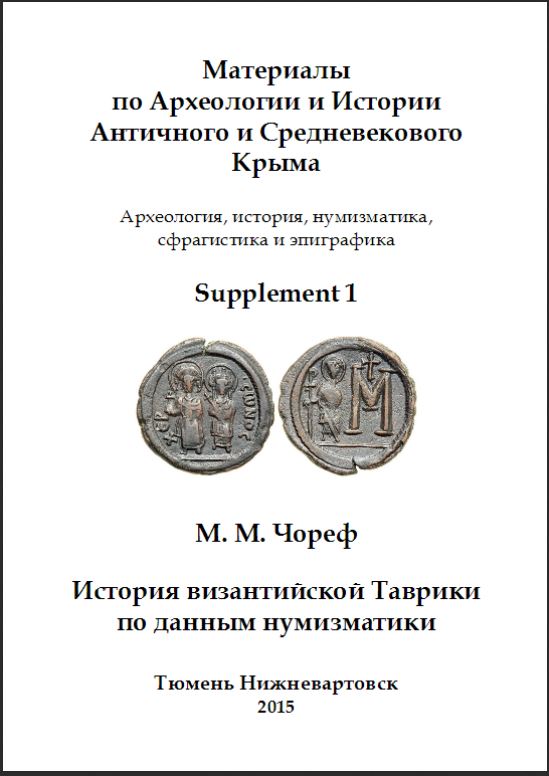
We kindly inform you that, as long as the subject affiliation of our 300.000+ articles is in progress, you might get unsufficient or no results on your third level or second level search. In this case, please broaden your search criteria.

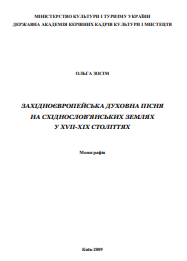
Монографію присвячено малодослідженій у сучасній музичній науці проблемі західноєвропейських впливів у східнослов’янській (і, зокрема, українській) духовній пісенності. У центрі уваги автора – жанр духовної пісні, що розглядається у широкому контексті як явище художньої та церковної культури. Значну увагу приділено літургічному чиннику як одному з провідних у процесі створення східнослов’янського духовно-пісенного репертуару. Багато явищ церковної музичної культури набули нової інтерпретації. Вагому частку становить новий текстовий та музичний матеріал з історії східнослов’янської духовної пісенності. Як підсумок багаторічної роботи джерелознавчого та текстологічного характеру у монографії подано створений на основі українських, білоруських та російських рукописних пісенників XVII-XIX століть системний інципітний каталог західноєвропейських духовних пісень, що увійшли до східнослов’янського духовно-пісенного репертуару. Для музикознавців, культурологів, філологів – мовознавців та літературознавців, літургістів, а також для широкого кола читачів, що цікавляться українською культурою XVII–XIX століть.
More...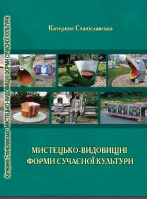
Монографію присвячено розгляду й аналізу найяскравіших мистецько-видовищних форм другої половини XX — початку XXI ст. Дослідження адресоване широким колам читацької аудиторії: професіоналам та любителям видовищних мистецтв, мистецтвознавцям, культурологам, викладачам та студентам мистецьких навчальних закладів, усім шанувальникам сучасного мистецтва.
More...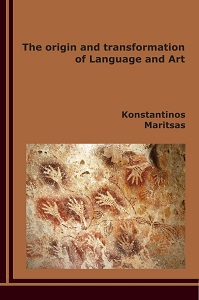
How did language begin? The question, then, is how the properties of human language got their start. Obviously, it couldn’t have been a bunch of cavemen sitting around and deciding to make up a language, since in order to do so, they would have had to have a language to start with! Intuitively, one might speculate that hominids (human ancestors) started by grunting or hooting or crying out, and “gradually” this “somehow” developed into the sort of language we have today. (Such speculations were so rampant 150 years ago that in 1866 the French Academy banned papers on the origins of language!) The problem is in the “gradually”' and the “somehow”. Chimps grunt and hoot and cry out, too. What happened to humans in the 6 million years or so since the hominid and chimpanzee lines diverged, and when and how did hominid communication begin to have the properties of modern language?
More...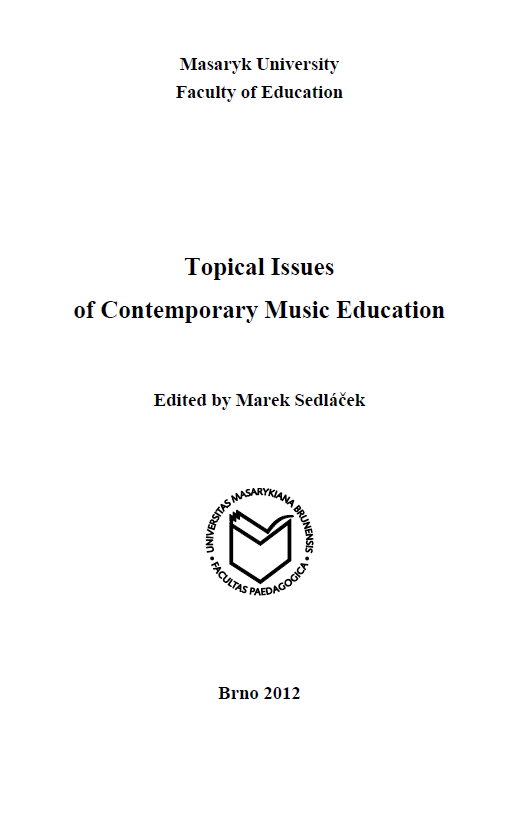
The proceedings contain full-text papers presented in the sub-section of the XXVI. international music teacher conference MUSICA VIVA IN SCHOLA organized by the Department of Music, the Faculty of Education, Masaryk University in Brno (the Czech Republic) on 16 – 18th October 2012.The studies of the partial conference section entitled "Topical Issues of Contemporary Music Education" regard the current problems of the Czech and European music education in historical contexts, as well as theoretically reflect on the partial results of the extensive nation wide empirical researches conducted by a team of academic workers and doctoral students of the above mentioned Department of Music in 2010-2012 – Research on the Use of Multimedia Technologies in Music Education at Elementary Schools of the Czech Republic (MUNI/A/1025/2009), Research on the Use of Multimedia Technologies in Music Education at Secondary Schools of the Czech Republic (MUNI/A/1022/2010) and especially Music Preferences of the University Students in the Czech Republic (MUNI/A/0885/2011).
More...
Art history as a discipline is currently undergoing a remarkable period during which the traditional and new theoretical approaches to visual art are discussed. In the first section, the propaedeutic manual of methods in art history discusses the objects of art history, the question of personality of an art historian, and basic techniques in the discipline. Subsequetnly, leading figures of art historians and mainstream currents in art history in the second half of the 20th century are mentioned, focusing on latest trends in the interpretation of art and video works. An important part of the book is a treatise on the fundamental concepts of art history (style, structure, theme- symbol, function, and historic time) and an overview of the major art historical approaches, and also approaches of different disciplines and applied approaches in multidisciplinary fields. The volume is intended primarily for students of art history and follows the earlier part of the previous “Schools of art history.“
More...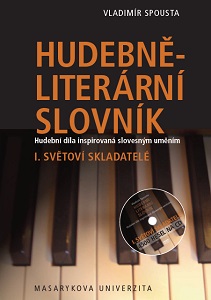
The music-literary dictionary of world’s composers is a contribution to Czech lexicographic literature as it brings a new perspective on the world’s music. It exclusively focuses on composers who were inspired by verbal arts. Deep correspondence between music and literary work is often hidden or is considered as a mere coincidence. It is therefore praiseworthy that the author systematically emphasises and records this interconnection. The dictionary serves as a remarkably plentiful source of information for every admirer of art.
More...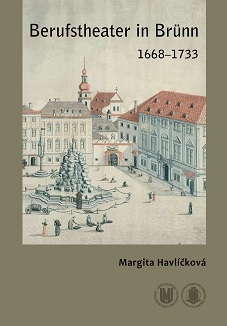
German-language monograph on professional theatre in Brno during the baroque historical period is based on original research of so far unreflected and unpublished archival sources stored in the Brno archives. Thanks to the topic with numerous important overlaps the local history of professional theatre in Brno is included into the large context of Baroque theatre in Central Europe. The Czech edition of the book (2009) was received with enthusiasm in professional circles and superlative reviews in professional journals. The German version comes after repeated requests from foreign experts.
More...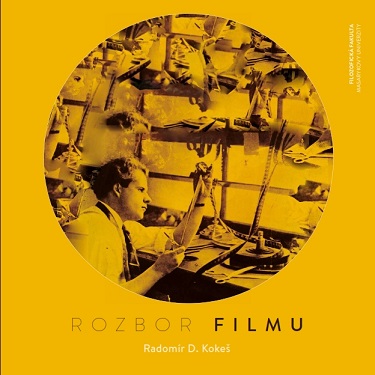
The aim is to offer a comprehensive textbook focused on formal analysis of stylistic, narrative, and thematic arrangement of a film work. The publication should be useful for students of film studies and audio-visual culture, as well as for wide audiences (academics, film reviewers, and film fans). The book structure follows a bottom-up explanation model which starts with searching for a research problem and the thesis formulation and goes on to questions related to the text outline and the structure of argumentation. The final part of the book offers more complex film case analyses rooted in the perspective of the previous chapters.
More...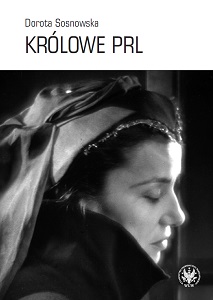
A biographical analysis of roles played by three great Polish actresses in the times of Polish People’s Republic. Each role is set against broad social, political and cultural background and within appropriate context of artistic work, historical events and social changes. The main research material consists of the reviews of the plays, which are analysed not only with regard to reconstructing the plays and the chosen roles, but also from the perspective of associations, metaphors and contexts used by critics.
More...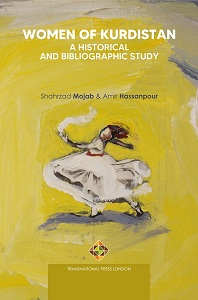
Women of Kurdistan: A Historical and Bibliographic Study documents a century long history of Kurdish women’s struggles against oppressive gender relations and state violence. It speaks to bibliographic silences on Kurdish women; silences that are systemic and structured, with many factors contributing to their (re)production. The book records extensive literature on violence perpetrated by the family, community, and the state as well as presenting the reader with a vibrant archive of resistance and struggle of Kurdish women. The analysis avoids the fashionable state-centered scholarship, which purifies processes of nation-building, state-building, and disguises their violence. The image depicted of the women of Kurdistan in this bibliography is shaped also by the languages we have chosen: English, French, and German. It is a record of material in languages that are not spoken by the majority of the Kurds. It will, therefore, be different from a bibliography of works in the Kurdish language, which have a majority of Kurdish authors, with more entries on topics such as poetry, fiction, education, and arts.
More...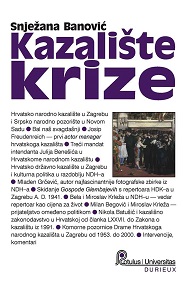
The texts in this book analyze Croatian national theater policy from the 19th century to the present day pointing out the continuity of the ongoing crisis caused by the chronic lack of a strategy for its development and the lagging behind of Croatian theater production in relation to our neighbors and other theater models from the past. Also, some of the texts deal with the development of numerous political systems throughout history and their strong influence on the work of the Croatian National Theater in Zagreb, on festival culture and the positions of key figures from the theater's past and present. It also includes other theater personalities and brings several controversies related to currently important officials and administration holders who have decisively influenced or are influencing the orientation of Croatian cultural and theater policy. This is a book that continues the author's masterful book The State and Its Theater, and it equally articulates her scientific research abilities as well as live public participation and numerous quality contributions in polemics about the fate of Croatian theater today. The book is the result of serious research and a document of the author's professional and public engagement. Snježana Banović is a theatre director, writer and full professor at the Department of Production of the Academy for Dramatic Art in Zagreb. She holds a PhD in Performance Studies from the University of Zagreb. She published four books (State and its Theatre, Theatre of Crisis Official Exit and Theatre for People). Her main interest is in the area of cultural history, cultural management, national theatres, national festivals in the context of cultural policy in Croatia and the EU and most of her work is focused on these topics. She publishes reviews, studies and articles in journals, newspapers and on-line publications and is a member of various Croatian and international cultural associations. She was appointed two times as head of the Cultural Committee for Theatre at the Ministry of Culture of the Republic of Croatia and was Artistic manager for Drama of the Croatian National theatre in Zagreb. As a professor she has been a mentor to numerous students and was leading as well various research projects at the University of Zagreb.
More...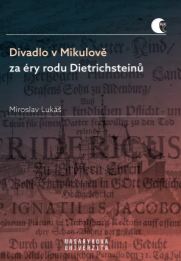
The thesis aims to map the theater life in Mikulov between the period when the estate belonged to the aristocratic family of the Dietrichsteins until the beginning of the World War II. The large time span of the scope understandably, has its negatives, as it does not allow a more thorough analysis of the Piarist school theatre in Mikulov. On the other hand, it enabled greater heuristic research, the results of which are collected here and offered to the needs of further researchers interested in the history of theater in Moravia and Silesia. The most important period in the history of theater in Mikulov, which currently has a significant overlap to the development of the Central European theater, begins with the era of Cardinal Dietrichstein in the first half of the 17th century, when Mikulov became an important political and cultural-social as well as religious center of Moravia. At that time the oldest castle theater in our territory was built and simultaneously the Piarists arrived, they used the theater as an educative tool. Piarist school theater remained the main mediator in performing arts in the city until the mid-18th century. The peak of the designated period came with the reign of Leopold Josef of Dietrichstein in the turn of the 17th and 18th centuries. Archival materials revealed Leopold as a significant lover of the performing arts, who had been in touch with theater since his childhood, whether at the Jesuit college or during his own activities in the home theater. Later on, he became a supporter of professional theater companies. During his reign, there was a significant heyday of the Piarist school theater, which managed to produce three performances per year. Two synopsis of Piarists’ plays from this period involves an interesting phrase “Nickolspurgerischen Parnasso” which emphasizes the importance of the performing arts in Mikulov together with its position in the contemporary consciousness. The professional traveling theater companies also played an important role in the theatre history of Mikulov. We can trace the presence of these travelling theatre companies from the end of the Thirty Years War. Records concerning their stay in Mikulov are unfortunately very scattered. They can be traced predominantly in the accounting documents of the Dietrichstein family, which proves that their performances had a connection with entertainment of nobility. From the second half of the 18th century, we can also work with requests from the theater directors who intended to perform their plays in the bourg. The Provincial Office, which usually approved these requests, however, did not grant the permission and rather limited the theater productions in the “small” subject towns. In the 19th century, the situation changed and theater companies increasingly appeared in Mikulov. From the second half of the same century, basically every year, unless there was a war or other unfortunate events, the city was visited by theater companies regularly. The repertoire included mostly comedies, farces, magical fable or “singspiele” and later mainly operettas. The repertoire varied according to the new trends stemming mainly from the Viennese theater environment. After the First World War, when the local German population became a minority in the newly established Czechoslovak Republic, the theater companies considered also national defensive and educative role of theater and they performed the dramas of German and Austrian classics. At the beginning of the 19th century the emancipated citizens tried to take over the initiative of the cultural life in Mikulov. At that time, unfortunately, they alluded to the limited possibilities of citizens and also the problem of inadequate facilities. The townspeople could occasionally use the castle areas for musical productions. For the operation the theater it was necessary to have a place with more permanent facilities, where it would be possible to build the stage and store the coulisse and props. Since 1812, the townspeople managed to get an space for the theater in the winter riding hall, but this cooperation lasted only until 1819, when it was (based on complaints) ended by Prince Franz Josef Dietrichstein. The problem of the shortage of suitable premises for holding the cultural and especially theater events in Mikulov continued into the early 20th century. This is a paradox, especially when there had been a piarist theater in the city since 1771, unfortunately it was unused at that time. A city theater that could be used by a professional travelling society did not exist at that time, even though this idea has existed in Mikulov, at least in the second half of the 19th century. There has never arisen any “German House”, where thelocal companies could meet, as was established in the nearby and smaller Valtice and Hustopeče towns. Theater companies and associations used the halls of local inns or a town shooting gallery for their per formances. Probably the most representative theatre scene in the modern history of the town was created in 1914 at the Hotel Rose. Translated text is an initial step for further research, which should facilitate a deeper understanding of Castle Theater, processing history piarist school theater and research theater activities of Leopold Ignác Dietrichstein. The presented study is an initial step for further research, which should help to facilitate a more elaborated understanding of castle theater, processing of the history of the piarist school theater and for a research of theater activities of Leopold Ignác Dietrichstein. These three branches of the research topics, which are mutually intertwined, are currently the most important stages in the theater life of Mikulov. Finally, the research also remains open for the roots of the important theater principal Johann Georg Gettner in Mikulov, whose years spent in Mikulov are still shrouded in mystery.
More...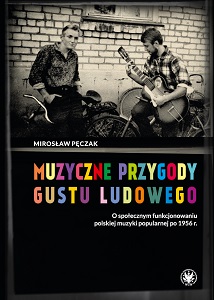
The author discusses the problem of the so-called low circulation of contemporary Polish popular music (music released on flexi discs, wedding music, a broad range of amateur music production, football chants, amateur rock music). He analyses music tastes of the Polish working class and the social functioning of genres and styles of music, characteristic of these tastes, reflecting on the crucial moments in cultural policy and the most important turning points in history: “Polish thaw” in 1956, the consequences of the 1968 events, the indigenous model of mass culture in the 1970s, the situation after the martial law and the transformation of the political system in 1989.
More...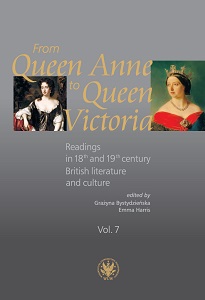
The present, seventh, volume of the series "From Queen Anne to Queen Victoria" offers profitable re-visitations of old themes, as well as explorations of new themes and problems. The volume focuses on the literature, culture, and political and social history of Britain in a period when the structures of industrial modernity were being created, and examines Britain’s imprint on the global cultural heritage, including class, gender and race-based hierarchies that persist in varying degrees into the present.
More...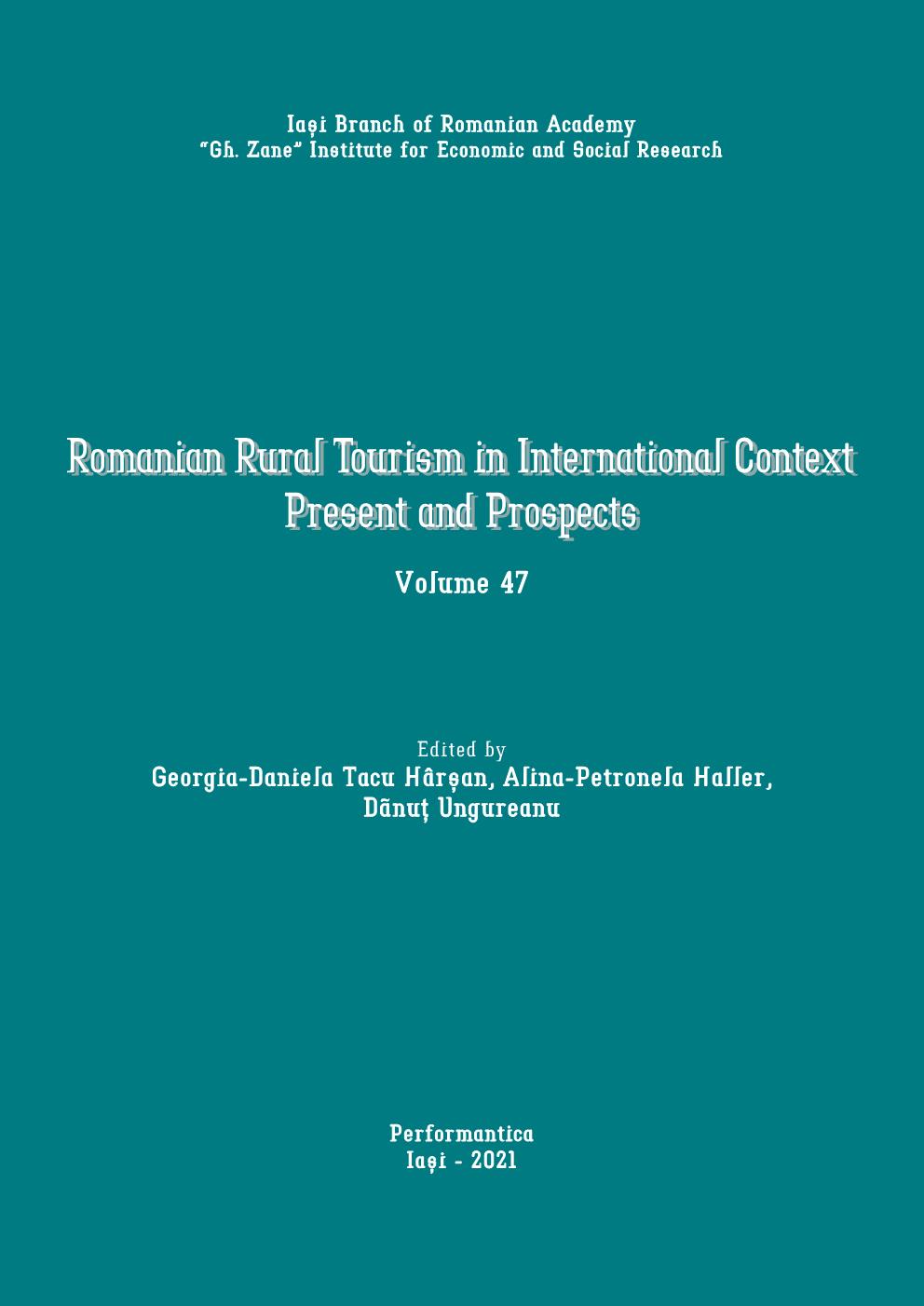
The series ,,Romanian Rural Tourism in International Context. Present and Prospects" explore some of the main concerns of both theorists and practitioners on the following topics: rural tourism, agritourism, ecotourism, tourism in the context of sustainable development at national, regional, and global level, traditionalism vs modernism in tourism, national and regional strategies for rural tourism development and marketing, e-tourism, etc. The series of ,,Romanian Rural Tourism in International Context. Present and Prospects" traditionally approaches the tourism phenomenon from a multidisciplinary perspective: economics, anthropology, ethnography, low, etc.
More...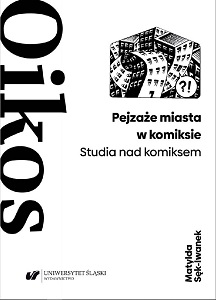
The book "Pejzaże miasta w komiksie. Studia nad komiksem" focuses on the study of comics, where the main motif becomes the analysis of urban space. The city is a research track, but also a pretext for addressing the issues of the functioning of comics, its structure and components. The author starts with an overview of the state of comics studies. Another important part of the monograph is the preparation of tools and methods which are important in the study and analysis of comics. The book constructs and describes the research methodology, including its new elements. The final part of the work, in turn, offers examples of comics analysis in the light of the study of urban space, also employing the developed tools. The adopted research perspective allows to use the methods developed in this book to study also other, not only urban, tropes and themes in comics.
More...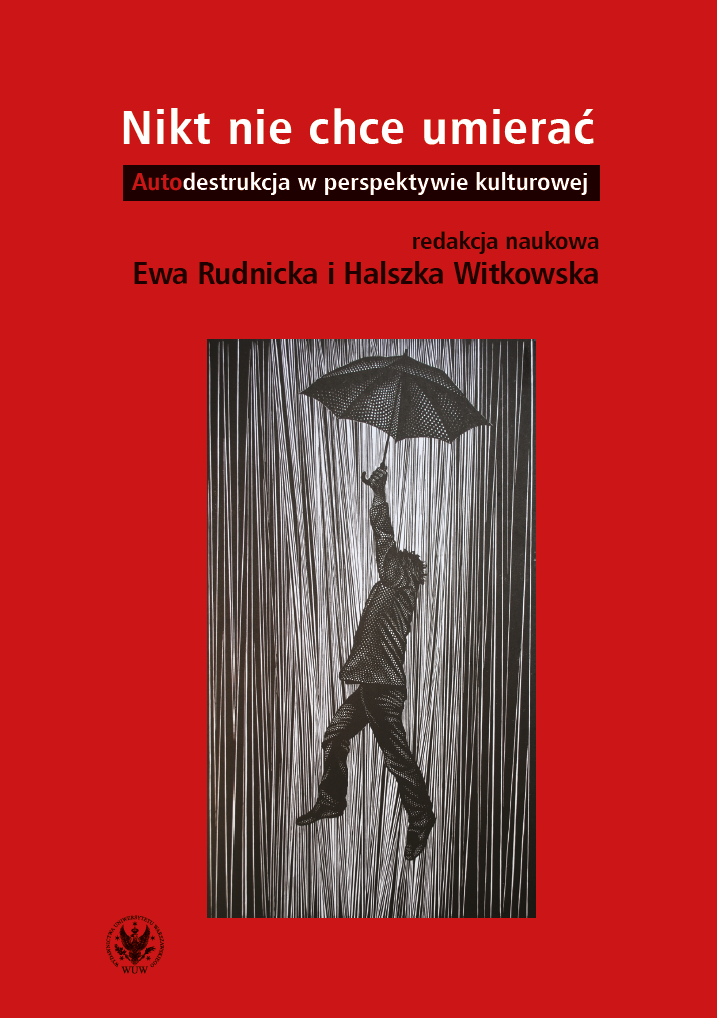
The experienced and junior research workers who are the authors of the texts collected in this publication discuss different suicidal and self-destructive behaviours and reasons for them. They analyse cultural messages in literature, art and entertainment as well as those present in everyday conversations. The thematic and generational range of the research enriches the existing works on suicides and emphasizes the need and importance of interdisciplinary approach to a complex problem of human self-destruction.
More...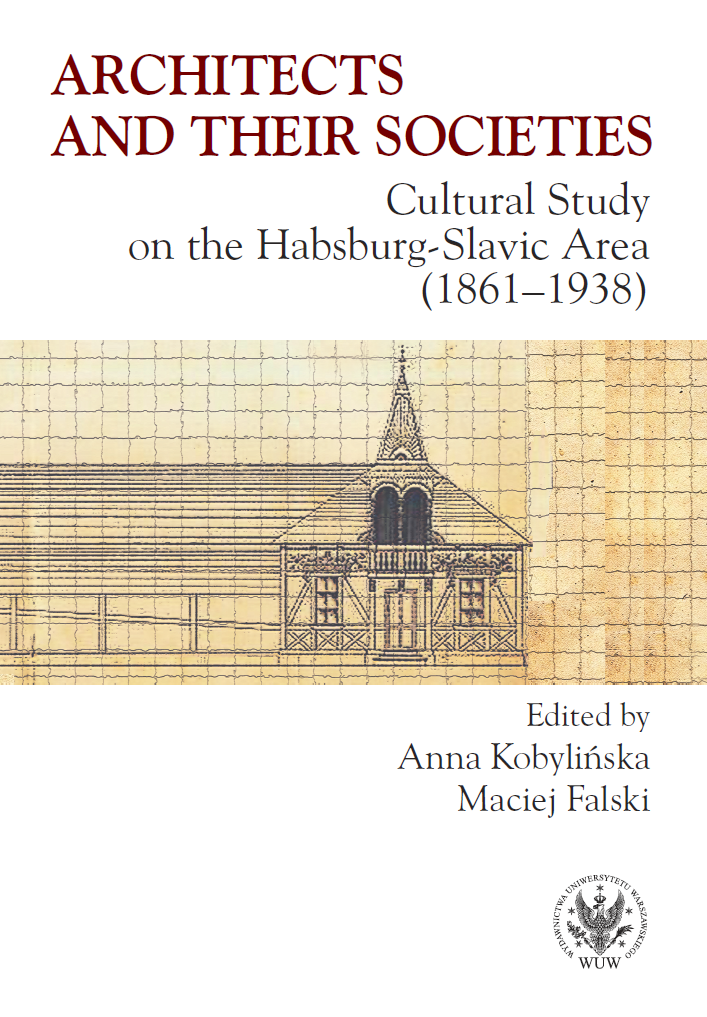
The idea of looking at the architects operating within the cultural framework of the Habsburg Empire, embedded in this book, stems from our previous research. It has its roots in the research on Slavic peripheral narratives, conducted by the Research Group on the Slavic Cultures in the Habsburg Monarchy (http://uwhabsburgstudies.uw.edu.pl/), which has operated since 2011 at the Institute of Western and Southern Slavic Studies of the University of Warsaw. We studied the issue of peripheral attitudes towards both national narratives, created after 1861 by the Slovak, Czech and Croatian elites, and the imperial project imposed by Vienna and Budapest. Faithful to the microlevel approach, we looked at figures, spaces and social phenomena that do not fit into the stereotypical view of national historiography. (Anna Kobylińska, Maciej Falski)
More...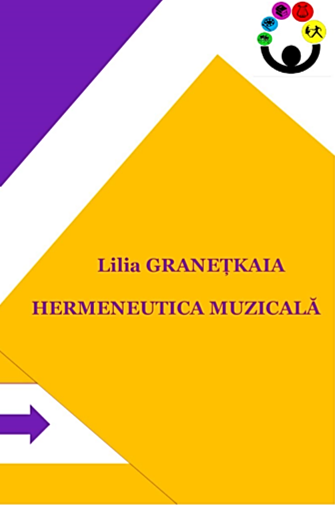
Hermeneutica muzicală este un suport didactic pentru cursul universitar Didactica disciplinelor artistice (ciclu II Masterat), elaborat in cadrul proiectului Ştiinţific: „Modelul de integralizare teoretico-metodologică a domeniilor educaţiei artistice din perspectiva formării inteligenţei spirituale a personalităţii”.
More...